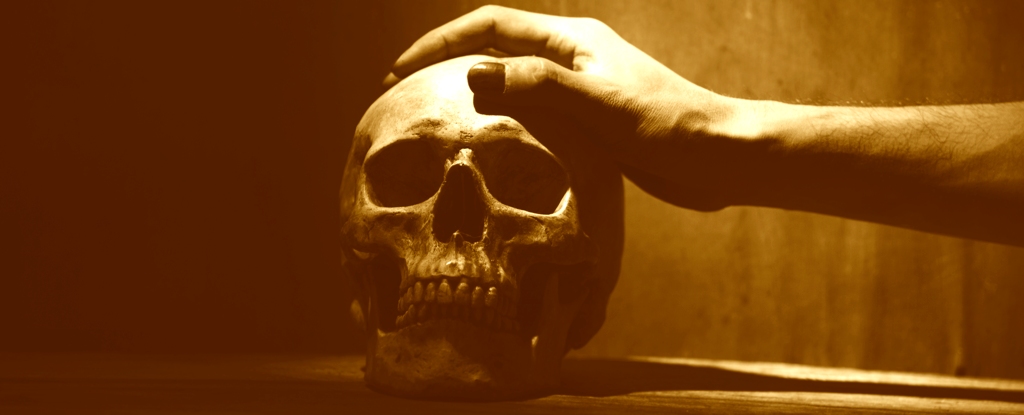
The History of Medicine: Ancient Surgical Techniques That Would Horrify You Today

From Trepanning to Bloodletting
Throughout history, medical practices have evolved dramatically. However, some ancient surgical techniques would undoubtedly horrify modern doctors and patients alike.
Trepanning
Trepanning, the practice of drilling a hole in the skull, was believed to relieve pressure and cure illnesses such as epilepsy, headaches, and mental disorders. This procedure was performed using a stone or metal tool, and the patient would often remain conscious throughout.
Bloodletting
Bloodletting was once a common practice for treating a wide range of ailments. It involved drawing blood from a vein, typically in the arm, using a lancet or leeches. The theory behind bloodletting was that it would balance the body's "humors" and remove impurities.
Cauterization
Cauterization was used to stop bleeding or remove diseased tissue. It involved burning the affected area with a hot iron or caustic chemical. Cauterization was often performed without anesthesia, causing extreme pain.
Anesthesia and Antiseptics: A Turning Point
The development of anesthesia and antiseptics in the 19th century revolutionized surgery. These advancements allowed doctors to perform complex operations without causing unbearable pain and reduced the risk of infection.
Modern Surgical Techniques
Today, surgical techniques have advanced significantly. Advanced imaging technology, precise surgical tools, and sophisticated sterilization methods have improved the safety and effectiveness of surgeries. Minimally invasive techniques, such as laparoscopy and robotic surgery, have further reduced the risks and recovery times for patients.